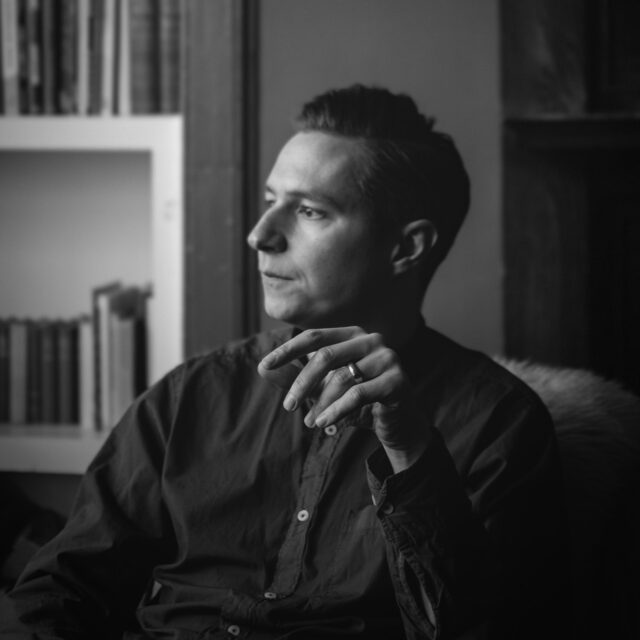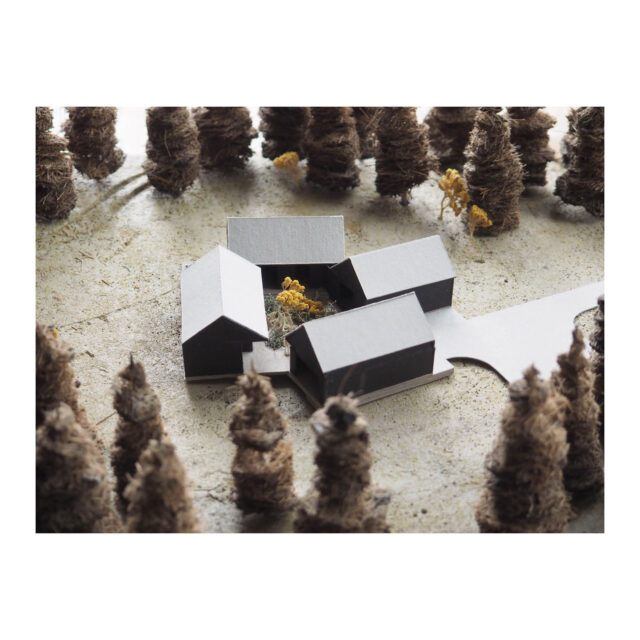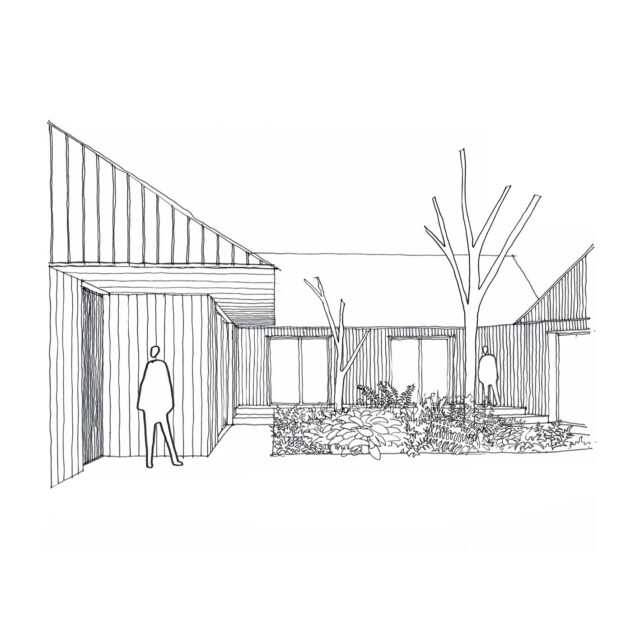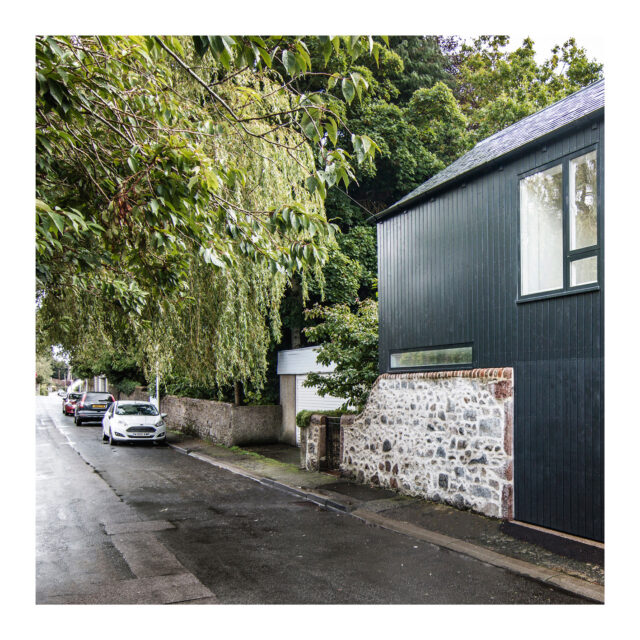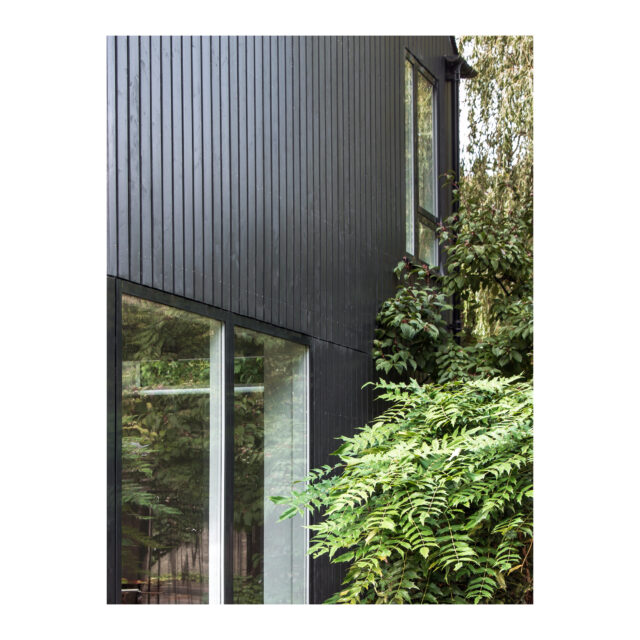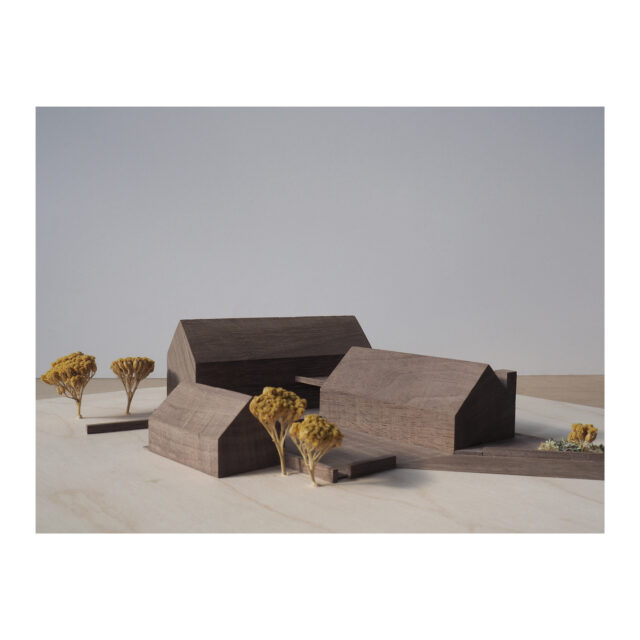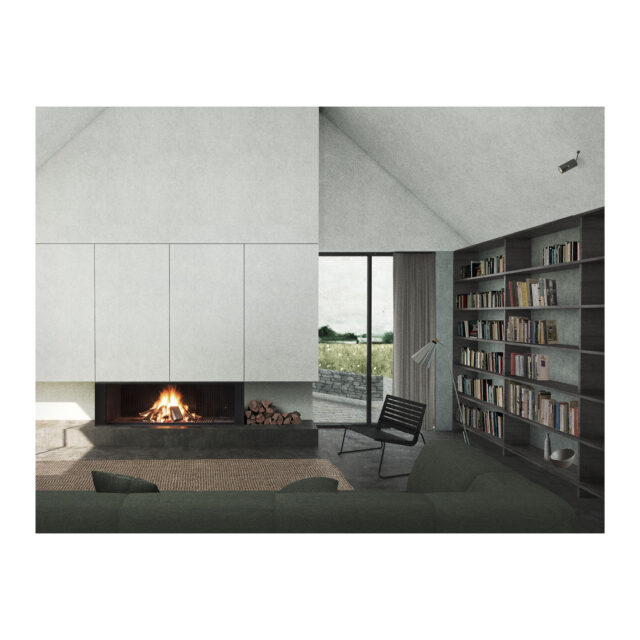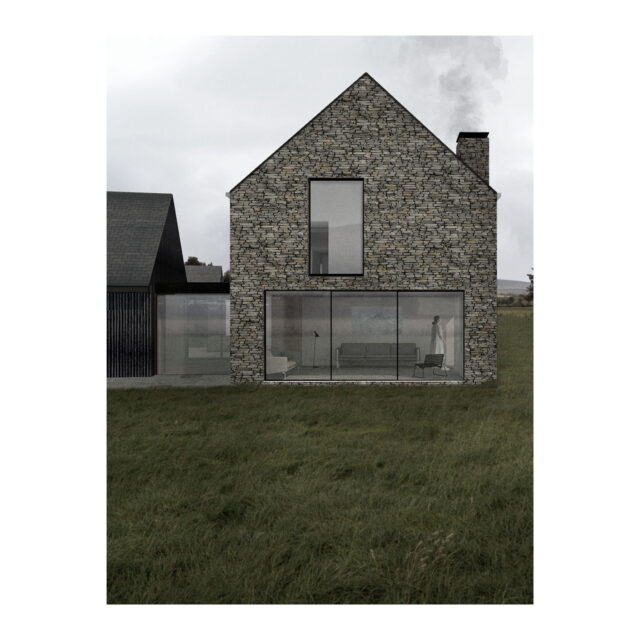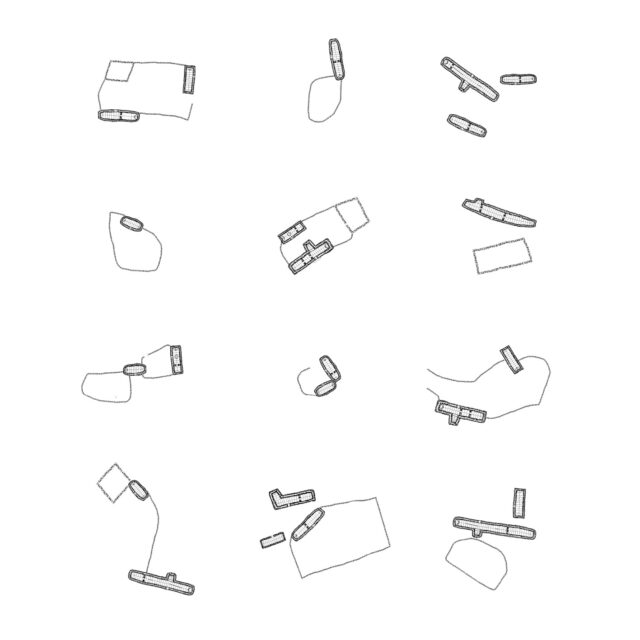Colin Baillie
Category
Young Architect of the Year
Summary
Reason for nomination
Colin is a passionate young architect and a persistent advocate for the transformative capacity of responsible design. His projects are shaped by close collaboration with clients, responding to their requirements in ways which are surprising and innovative, as well as methodically considered. The design studio which Colin leads – Baillie Baillie Architects – was founded after he was awarded 1st prize in an international competition, which saw him complete a pavilion for cyclists on the banks of the River Loire in France. The contest attracted over 350 entrants from around the world. Since then, the practice has been building a reputation for bespoke residential commissions in Scotland, several of which were recently featured in the Architect’s Journal as part of an interview series on emerging new practices. Over the last year, Colin’s ethos and dedication have attracted significant new commissions, which together show a capacity to work creatively at diverse scales and within a range of construction budgets. Alongside practice, Colin continues to devote time to insightful research, which underpins his studio’s approach to sustainable, environmentally responsive design. His essay on the subject, ‘Landscape & Settlement’ was presented at the Architectural Humanities Research Association conference and has been selected for publication in the RIAS Quarterly. He has exhibited his work in multiple locations across Scotland, in France with the Maison de l’Architecture, and his competition winning project was exhibited in the French Pavilion at the Venice Biennale. Colin has been invited to lecture on his work at Universities across Scotland and has led a unit in the honours year course at the University of Dundee since 2017, pursuing his enthusiasm for education alongside design-led practice.
Description of work
Colin develops every project with a meticulous and creative design process, underpinned by collaborative discussion, research, mapping, drawing and making. While each response is individual, his collective work is characterised by an understated simplicity and attention to detail. Projects often draw inspiration from a broad range of contemporary and historic sources, and are articulated with an emphasis on natural materials that resonate with their locality. His studies of vernacular patterns of habitation in the Scottish Highlands have strengthened an innovative, environmentally responsive approach. Recent projects have included a house and workshop for a furniture maker, set within in a woodland clearing, and a substantial new farmhouse in the Carse of Stirling. Alongside a growing number of completed projects, Colin’s developing portfolio of work takes a strong position, emphasising the value of connecting spaces, people and nature. His work is restrained but is not reductive, accommodating sheltered nooks and courtyards, hearths, projecting eaves and expressed chimneys. These spatial and formal elements are rich in enduring cultural associations. They draw inspiration from vernacular ways of building, but are incorporated into original, distinctive, and uncompromisingly contemporary works of architecture.

